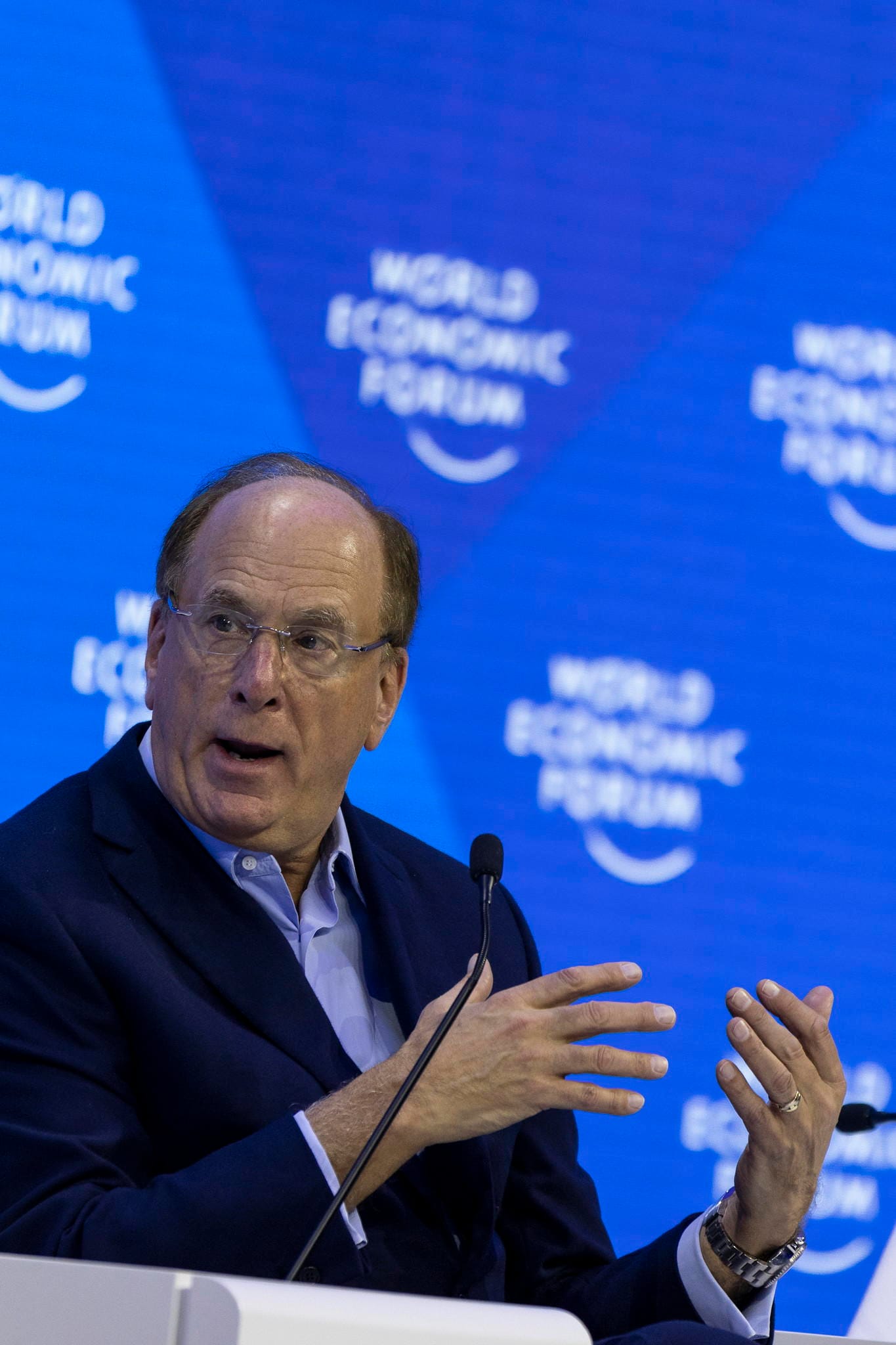Taxpayers in the United States and NATO nations throw vast sums of money annually to the military-industrial-financial complex for economic waste and physical destruction, which provides a bonanza for Wall Street and City of London banks and asset management companies. They hold the dominant stock ownership of companies that produce the instruments for war. They undergird the war industry that is at hand for endless, illegal, and destructive wars, killing hundreds of thousands of people, and setting the world at the edge of nuclear annihilation.
It is time we put a face on the enemy, in order to dismantle the war machine and retool it to produce goods that end poverty and advance man’s physical and cognitive powers.
Here we look at two of the giant asset management companies: BlackRock and State Street Corporation. They sell investment products, such as exchange traded funds (ETFs) to individuals, and especially to the wealthy upper 10% income bracket. These asset management firms pool money together from their clients to invest into the leading military industries, such as Lockheed Martin, Raytheon, and Northrop Grumman. The investments that BlackRock and State Street make do not technically belong to them, but to their clients. However, BlackRock and Wall Street speculators use the immense sums of money to exert influence and a significant kind of control over the U.S. and the world.

BlackRock is the world’s largest asset management firm, holding $9.4 trillion of assets under management; State Street, the world’s fifth largest asset management firm, holds $3.7 trillion of assets under management. They are both strategically important in sucking blood money from military industries, and simultaneously transmitting City of London/Wall Street war policy into the military industrial firms.
BlackRock
Some 35 million people invest in one of BlackRock’s 1,300 investment vehicles, such as exchange traded funds (ETFs), money market funds, etc. Since 2008, BlackRock has grown its assets under management from $1.3 trillion to $9.4 trillion, a 15% compound annual growth rate.
Consider some of BlackRock’s leading figures:

Laurence Fink: Founder and current CEO of BlackRock, Fink got his start working for First Boston Corporation, an investment bank which specialized in the speculative mergers and acquisitions market. Fink became a major force in popularizing and spreading the mortgage-backed securities market at the center of the last housing bubble. When this burst, it helped trigger the 2007–2009 financial crash, nearly bringing down the world financial system. In 1986, Fink and his department had also lost $100 million on a bad speculative interest rate bet.
In 1986, Fink and some of his First Boston colleagues formed BlackRock. Over the years, Fink secured money from unknown sources to take over one company after another. On Dec. 1, 2009 BlackRock acquired the British Barclays Global Investors (“BGI”), one of the world’s largest asset managers. From the takeover, BlackRock’s assets under management more than doubled, from $1.44 trillion to $3.29 trillion. Instantaneously, BlackRock became the world’s largest asset manager. Fink benefited from the financial crash, telling the Financial Times on May 6, 2019, “We would not have been able to do the BGI purchase if it wasn’t for the financial crisis.”
Fink started acquiring politicians and bankers. He began working with Bank of England Governor Mervyn King and Federal Reserve Board Chairman Ben Bernanke, and was put at the center of the effort to salvage the speculatively bloated monetarist world financial system (which should have been allowed to go under, and been replaced by a Hamiltonian system).
A March 2, 2010, Vanity Fair article, entitled, “Larry Fink’s $12 Trillion Shadow,” highlights Fink’s role:
Today, through an array of government contracts, BlackRock has effectively become the leading manager of Washington’s bailout of Wall Street. The firm oversees the $130 billion of toxic assets that the U.S. government took on as part of the Bear Stearns sale and the rescue of AIG; it also monitors the balance sheets of Fannie Mae and Freddie Mac—which together amount to some $5 trillion—and provides daily risk evaluations to the New York Fed on the $1.2 trillion worth of mortgage-backed securities it has purchased in an effort to jump-start the country’s housing market.
In 2020, following the freezing up of the overnight Treasury repurchase market starting September 2019 and the deepening COVID pandemic, Federal Reserve Chairman Jerome Powell hired BlackRock on behalf of the Federal Reserve Board, to run purchases of corporate bonds and commercial mortgages. The April 20, 2020 Forbes article snidely called it, “A Glaring New Conflict of Interest.” On May 21, 2020, Bloomberg’s Businessweek ran an article, “In Fink We Trust: BlackRock Is Now ‘Fourth Branch of Government.’”










